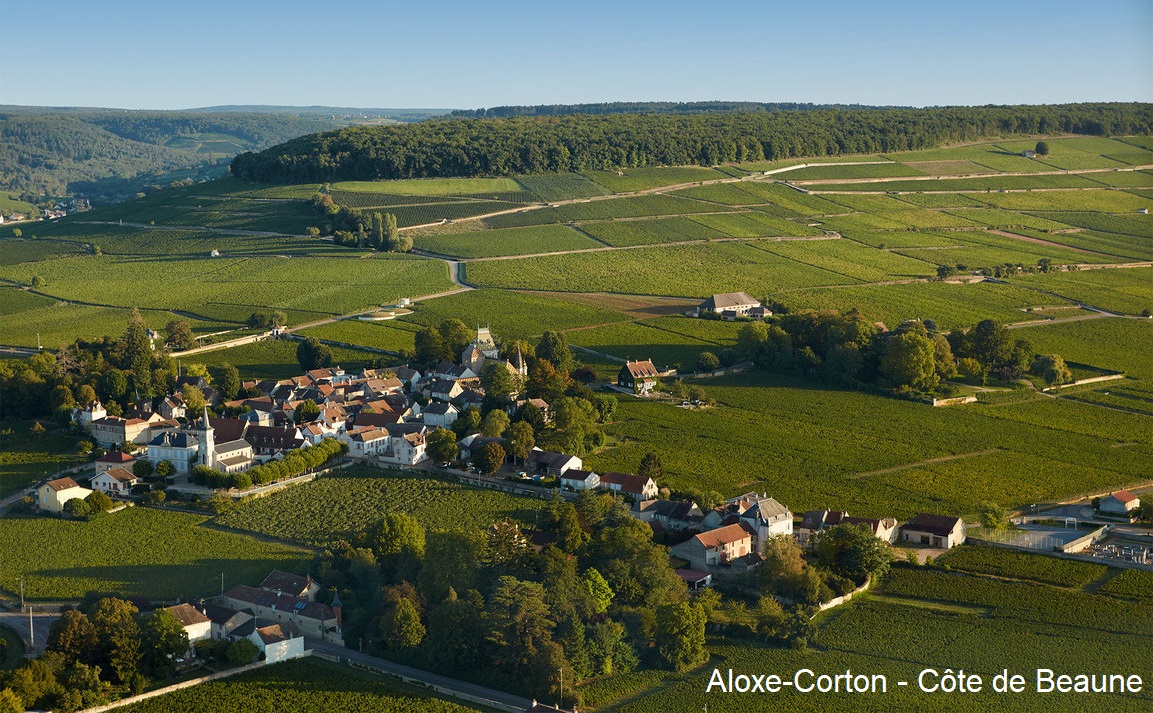See under Burgundy Classification.
Burgundy classification
The evaluation of vineyards or sites and categorisation into quality classes has an ancient tradition in French Burgundy, with the first classifications dating back to the Middle Ages and originating with the Cistercian monks. In 1855, the natural scientist Jules Lavalle (1820-1880) published the work "Histoire et Statistique de la Vigne de Grands Vins de la Côte-d'Or", which was largely based on the work "Statistique de La Vigne Dans Le Departement de La Cote-D'Or" published by Denis Morelot in 1831. Lavalle's book is also regarded as Burgundy's "answer" to the famous Bordeaux classification of 1855, which has remained virtually unchanged and used for marketing purposes to this day.

In this comprehensive history of Burgundy's vineyards, 29 grape varieties are also described in terms of their suitability. Based on his own book, Lavalle then finalised the first systematic classification in 1861, which was also presented a year later at the Great Exhibition in London. The vineyards and wines were categorised into four quality classes: Tête de cuvée or Hors ligne, Première cuvée, Deuxième cuvée and Troisième cuvée. The system was later recognised in a slightly modified form by the agricultural authority in Beaune and was largely reproduced by the INAO in 1936 when the AOC classification system was introduced.
The system is already confusing for the normal wine consumer in Burgundy, but even more so outside France. In contrast to the various systems in Bordeaux, however, it is valid for the entire region. It takes into account the diversity of the terroir, which is particularly typical in Burgundy, where the smallest plots of land, often lying next to each other, differ greatly in terms of climatic conditions and the prevailing microclimate, the physical and chemical characteristics of the soil type, the slope and thus exposure (sunlight) and therefore also the quality of the wine. It is in this context that the term climat (site) was coined in Burgundy.
The Burgundian Climats were declared a UNESCO World Heritage Site in 2015. The VDP classification model introduced in Germany in 2012 (Verband Deutscher Prädikatsweingüter) is based on the four-level Burgundy model.
Quality classes
In the classification system, each individual vineyard (Cru, Climat) in the Côte d'Or and Chablis areas is precisely defined (although this does not apply to the Beaujolais and Mâconnais areas), often resulting in the smallest vineyard areas. An extreme example is Nuits-Saint-Georges, where there are 40 Premiers Crus on...
Voices of our members

In the past, you needed a wealth of encyclopaedias and specialist literature to keep up to date in your vinophile professional life. Today, Wine lexicon from wein.plus is one of my best helpers and can rightly be called the "bible of wine knowledge".
Prof. Dr. Walter Kutscher
Lehrgangsleiter Sommelierausbildung WIFI-Wien